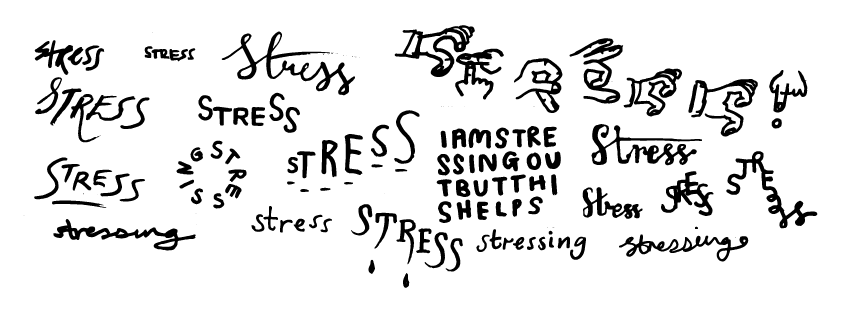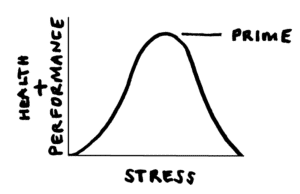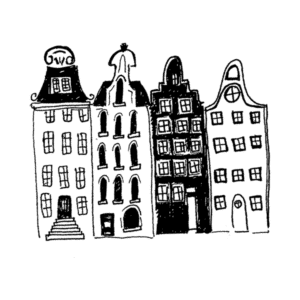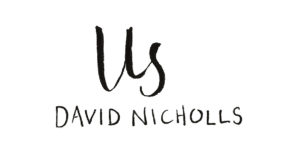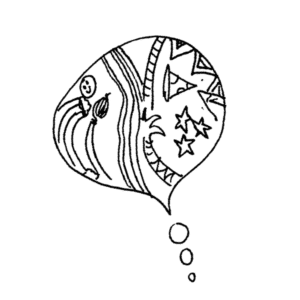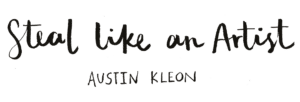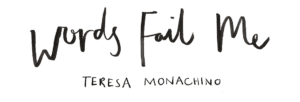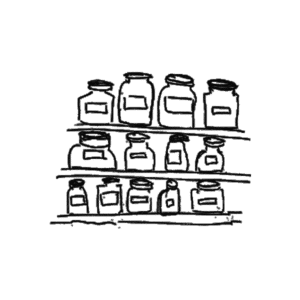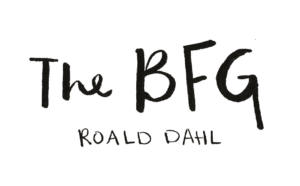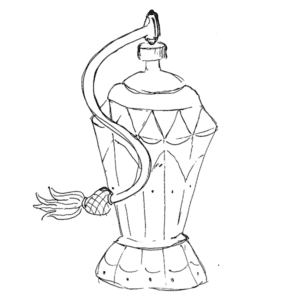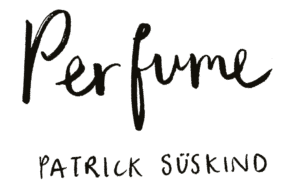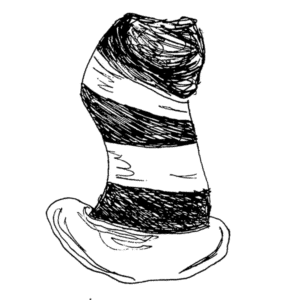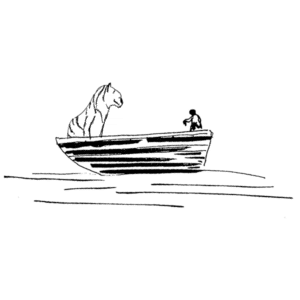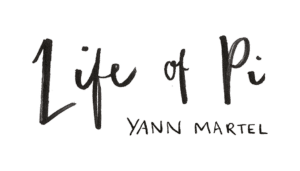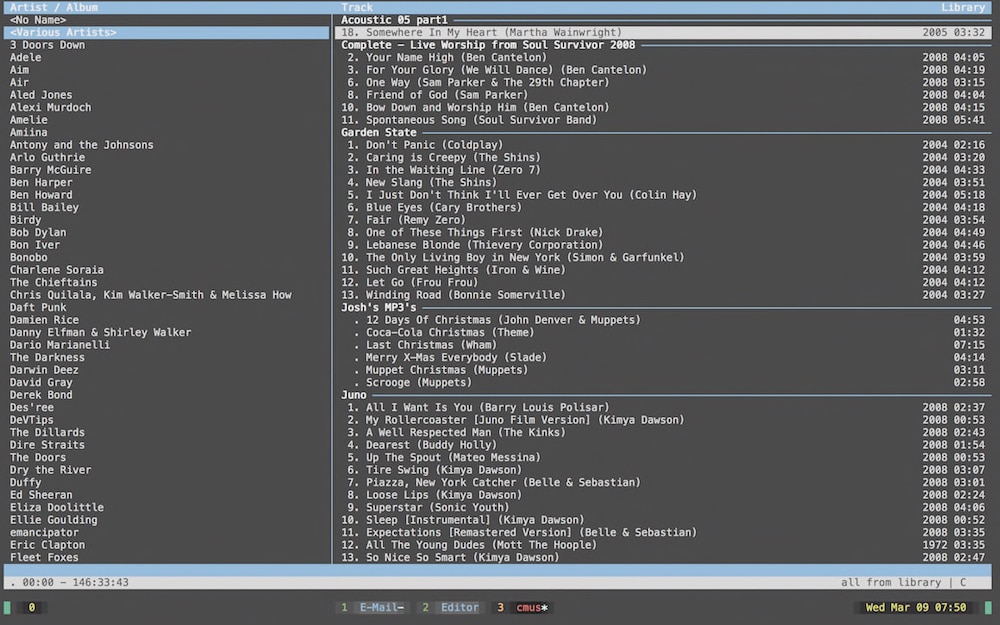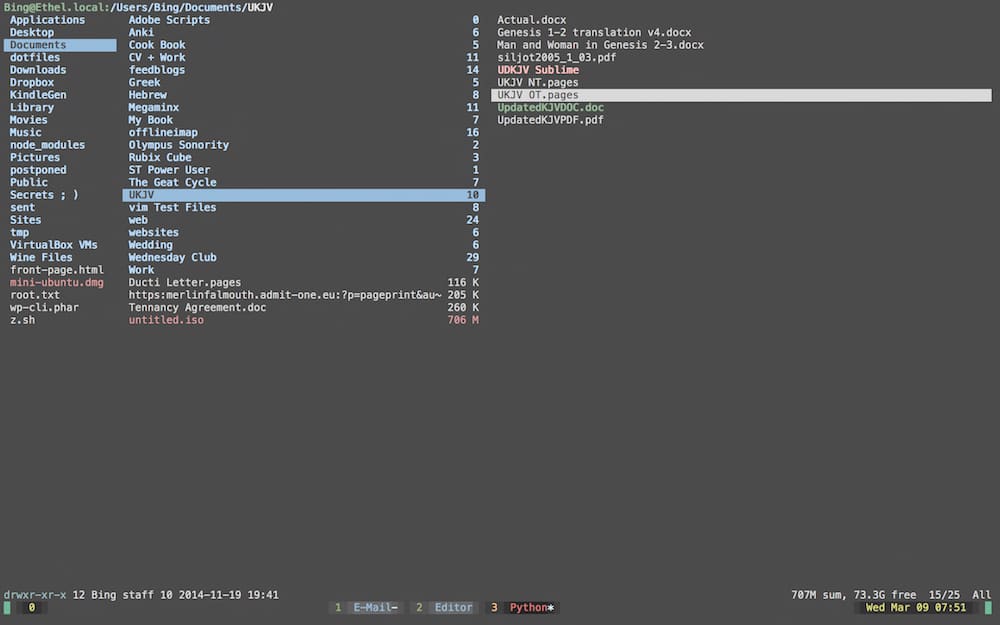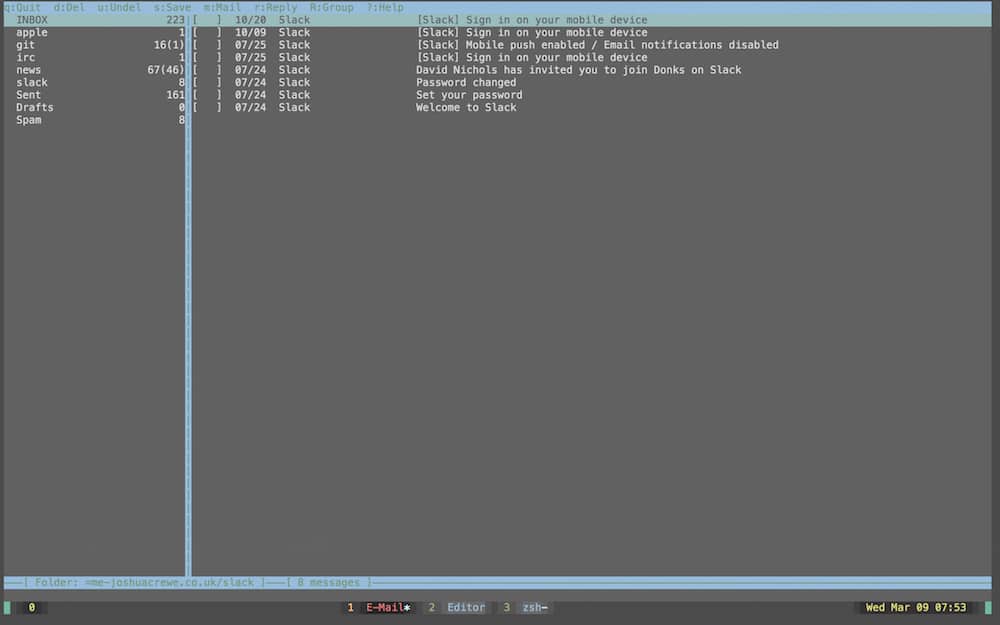Learning new things
Starting with a blank page when writing a blog post is a bit of a daunting prospect. Starting with a blank brain and filling it with knowledge and ability is similarly disheartening.
Sometimes you have no choice, you have to learn how to do something, or sometimes it is more of a decision. Either way, you have to start somewhere.
I don’t think that there is ever a time in our lives where we actually stop learning new things, but recently I have experienced a surge of new experiences. New job with new people, new house, and with it a new route to work. My wife and I have two new babies on the way and the field of web development is FULL of new things, every day <insert joke about Javascript frameworks>.
What follows is a bit specific to me and my situation, I’ve tried to make it broader than tech in our industry, but I am very much drawing on my own experiences.
Practice, practice, practice
There is a reason why this is a tired and old expression, but it’s so true! Do you want to be good at making websites? Do you want to be a potter? Basket weaving? Then go forth and do! At first you may well be a bit rubbish at it, but you’ll get better. There is no secret about what it takes to be good at something and I don’t believe it to be so prescriptive to have a single way of learning. It is, however, an advantage to like the thing you do, and this will help when doing things over and over or returning to it after defeat or failure. It is also an advantage to have the time to invest in a new skill but these things are not essential. The important thing to practice is doing things, just have a go, there may not always be time to go back and fix the mistakes or improve what you have done, but there will be more opportunities to have another go and learn from your mistakes.
Hot tip: When faced with a big task, like learning a new skill, don’t think too much about everything, but find a starting point. Watch THE GAP by Ira Glass for a bit of perspective.
Always read the documentation
Instruction manuals. We have had (and not read) them for a long time now. Most of the time we can get along just fine with a quick and dirty start up cobbled together by the ‘what I reckon’ mentality. There can be so much more to something than what is immediately identifiable. Documentation is input from the manufacturers, they know their stuff! In the documentation you will find best practices, examples of what it should look like and details about all features available.
Here is a real world example from the weekend just gone. My wife had bought an Ikea bin which needed assembly (I know right!), after reading through the instructions I discovered a handy feature! It had a rubber hook you could attach with the lid so that you could hang the lid on the side of the bin when using it. Amazing.
Hot tip: The purpose of documentation is to take the user from complete novice to expert offering support to all levels of ability. Take advantage of this resource.
A chance to make stuff better
In a previous post I wrote about writing non-fiction, it was basically a list of bullet points. Specifically there was one nugget of advice from that course which really struck me. Here it is again:
The revision process should be treated like a great thing, a chance to make something better.
You know what? That has been a real peach of advice, so thank you Susan Orlean. I work with code a lot and am prone to making some mistakes, many of these mistakes are fixed along the way. What I find invaluable is the input from other, better, developers (and designers). Having someone else look through the work I’ve done, fixing things and making suggestions helps me learn, and the end result is better code. We as developers spend a fair bit of time editing code that’s already been written once. With the above attitude there are a hundred more opportunities to make something great. Instead of viewing the refactoring process as extra unnecessary work which you should have got right the first time, see it as an opportunity to make something great. You’ll learn from it and be happier doing it.
Hot tip: Perseverance is encouraged. The ability to keep coming back to hard tasks will work wonders in the improvement of your skills.
Take a break
Everyone needs a win once in a while. Sometimes it might be nice to do something you know you can do, succeed and crack on.
There will be times when learning is going great, it’s all going really well and your brain appears to be logging everything efficiently. There are times when this is certainly not the case. Learning is slow and unproductive. This can be frustrating and discouraging. Your brain needs time to process things, it takes a lot of effort to concentrate on new things before they get filed away in learned memory. Who remembers learning to drive? I do. It’s mostly because I am learning to drive at the moment. Even in the short space of time that I have been learning, I have progressed from having to concentrate really hard on changing into third gear to being able to achieve such a feat without any thought to the actual movements it takes to make the shift.
There is a reason people tell you to sleep on it. Even when you are not directly participating in an activity, your brain is working these things out. If it is possible, it might be worth leaving a problem and doing something else, coming back to it later.
Hot tip: I am not a doctor/psychiatrist/someone who knows a lot about brains (practice with brains is hard to come by), so don’t take my word for it 🙂
The cost of starting out
A significant consideration when learning something new is the initial cost of starting out. Sometimes there is a financial cost as well as the amount of time needed to invest in learning something new. Piano playing springs to mind as well as other musical instruments. How anyone gets in to playing the harp or church organ I will never know. There are some considerations with learning a new language, either a foreign language or a computer one. I was given a Raspberry Pi from my brother for my birthday one year, I think it must have cost him approx. £25 for the actual computer. It was for me however a window into Unix and the command line which I love now and use everyday. It was a little bit like learning to walk again at first but now feels more comfortable. I have spent many hours with that Pi to despair and back, I bricked it twice, thrown it away once and am genuinely encouraged by how far I have come with perseverance. It only cost a relatively small amount (compared to a church organ) so the initial investment risk was small.
Hot tip: Want to try something new? Have access to the internet? Then try Codecademy, you may flipping love it.

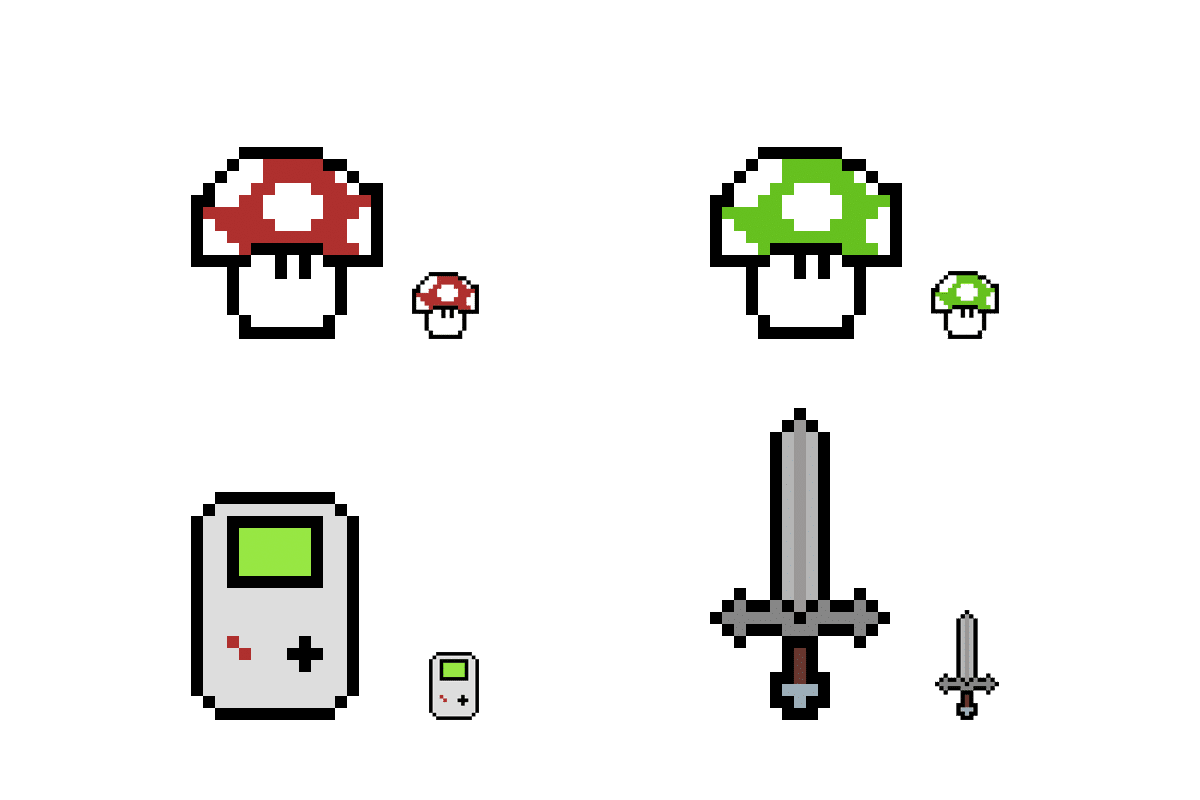
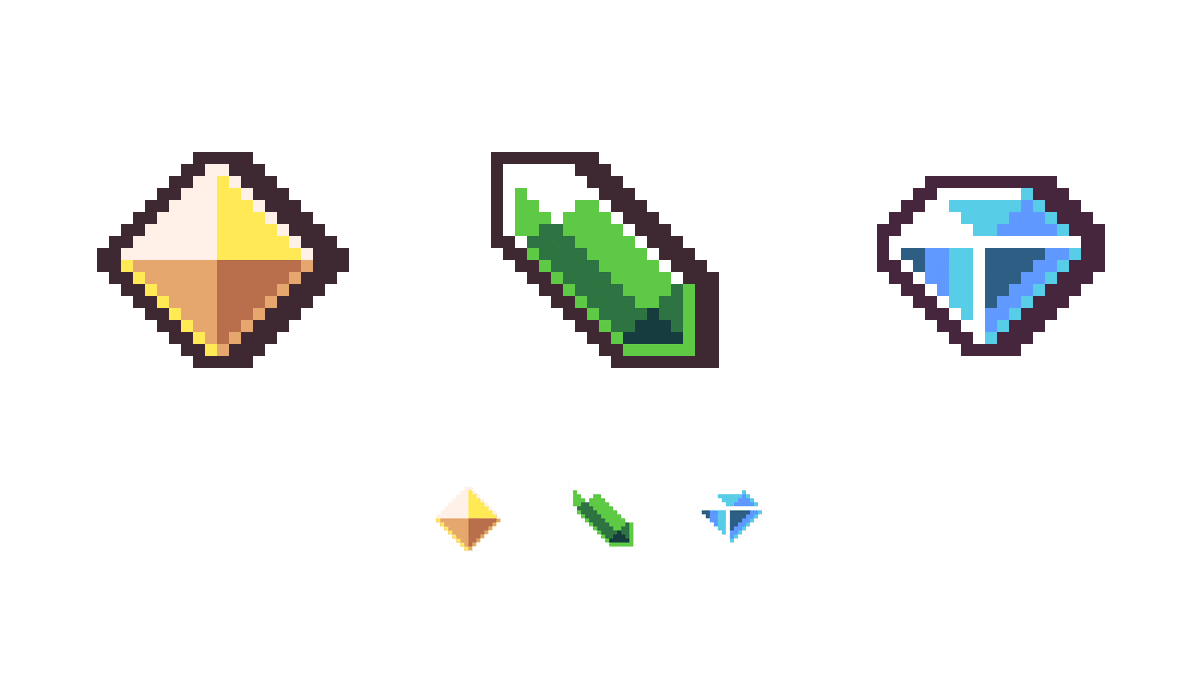

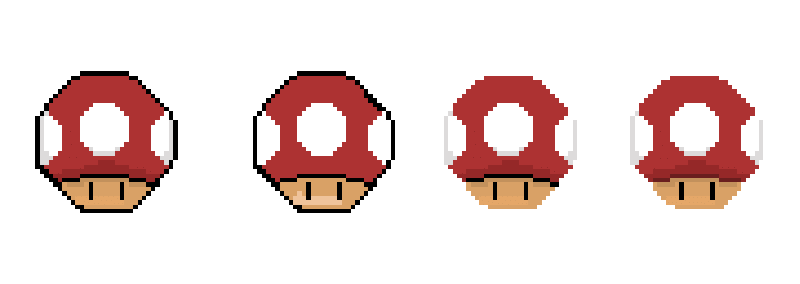
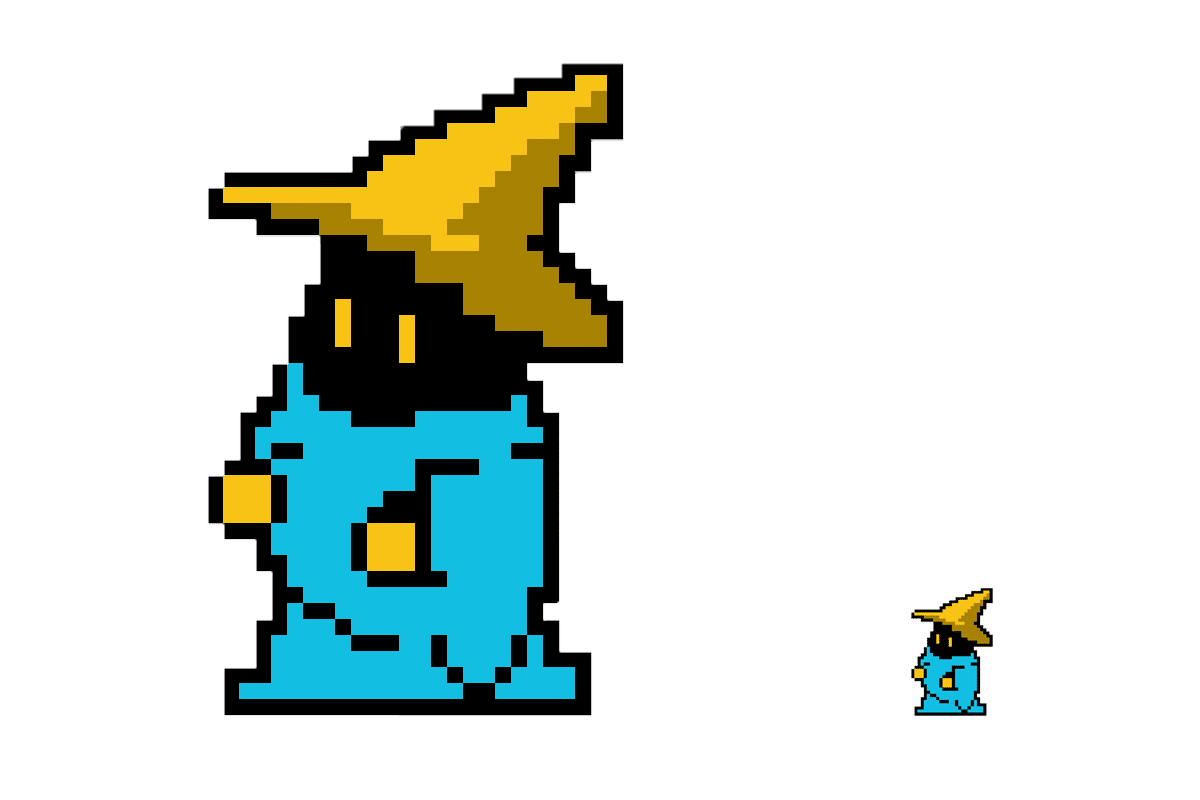
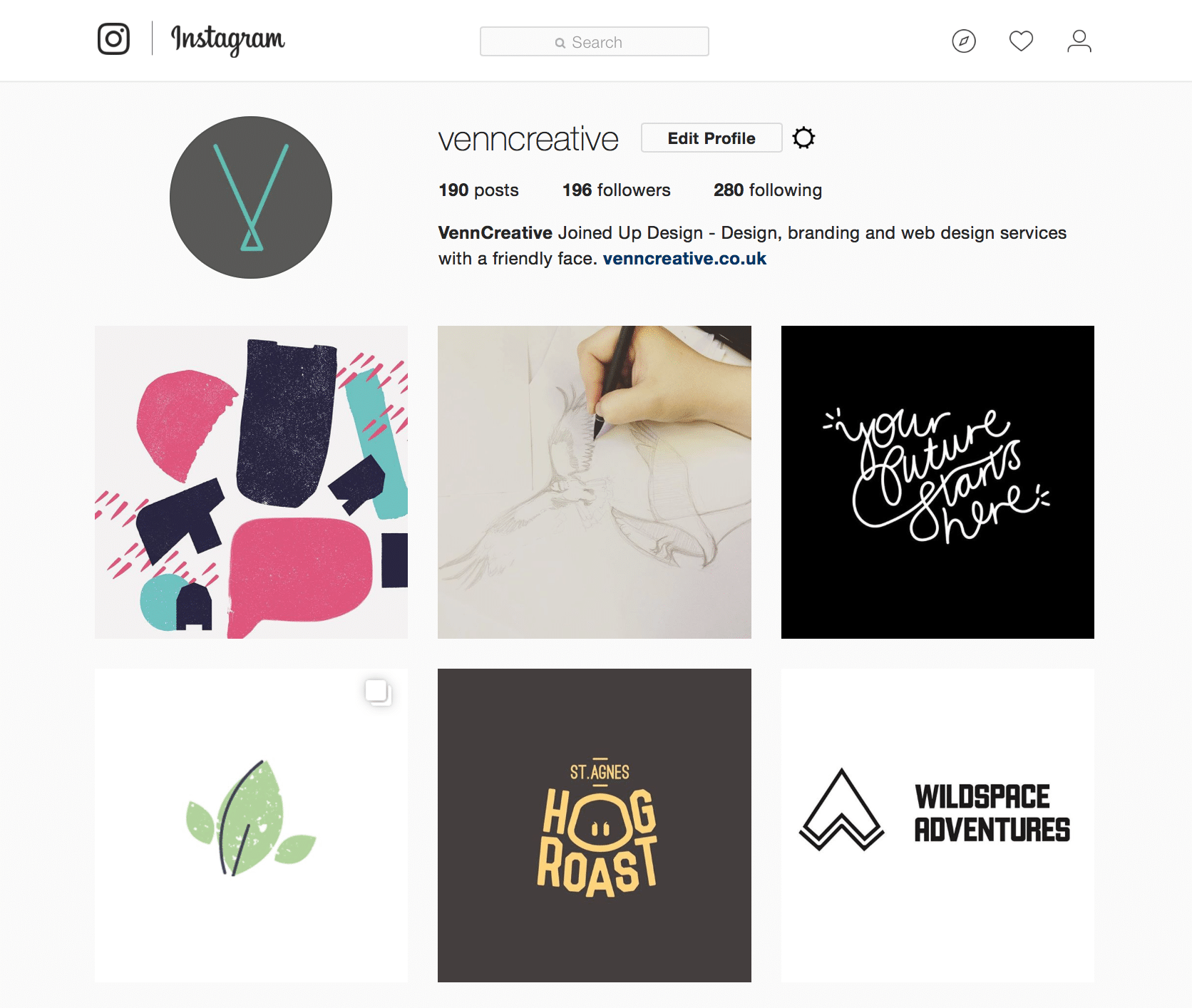
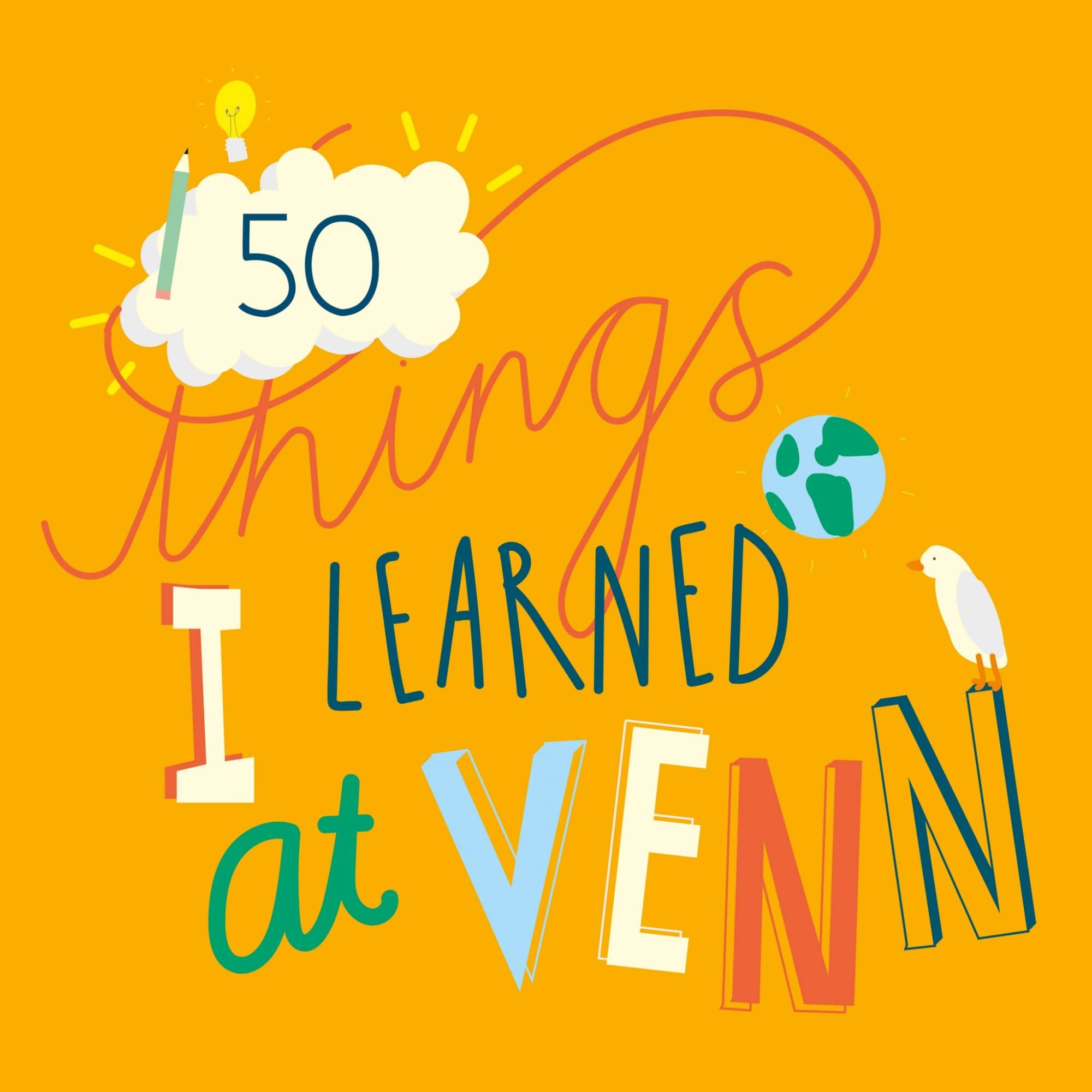
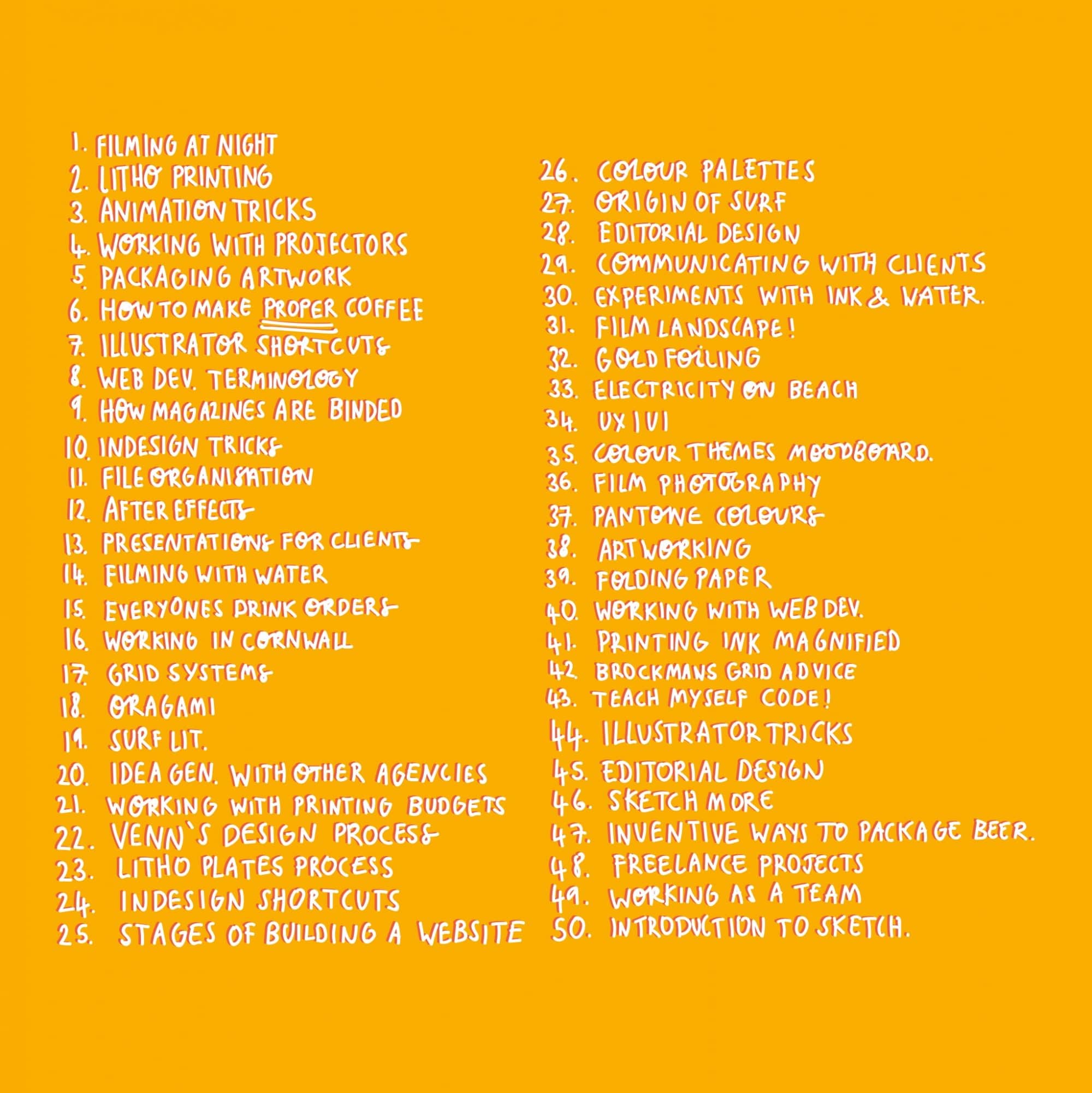




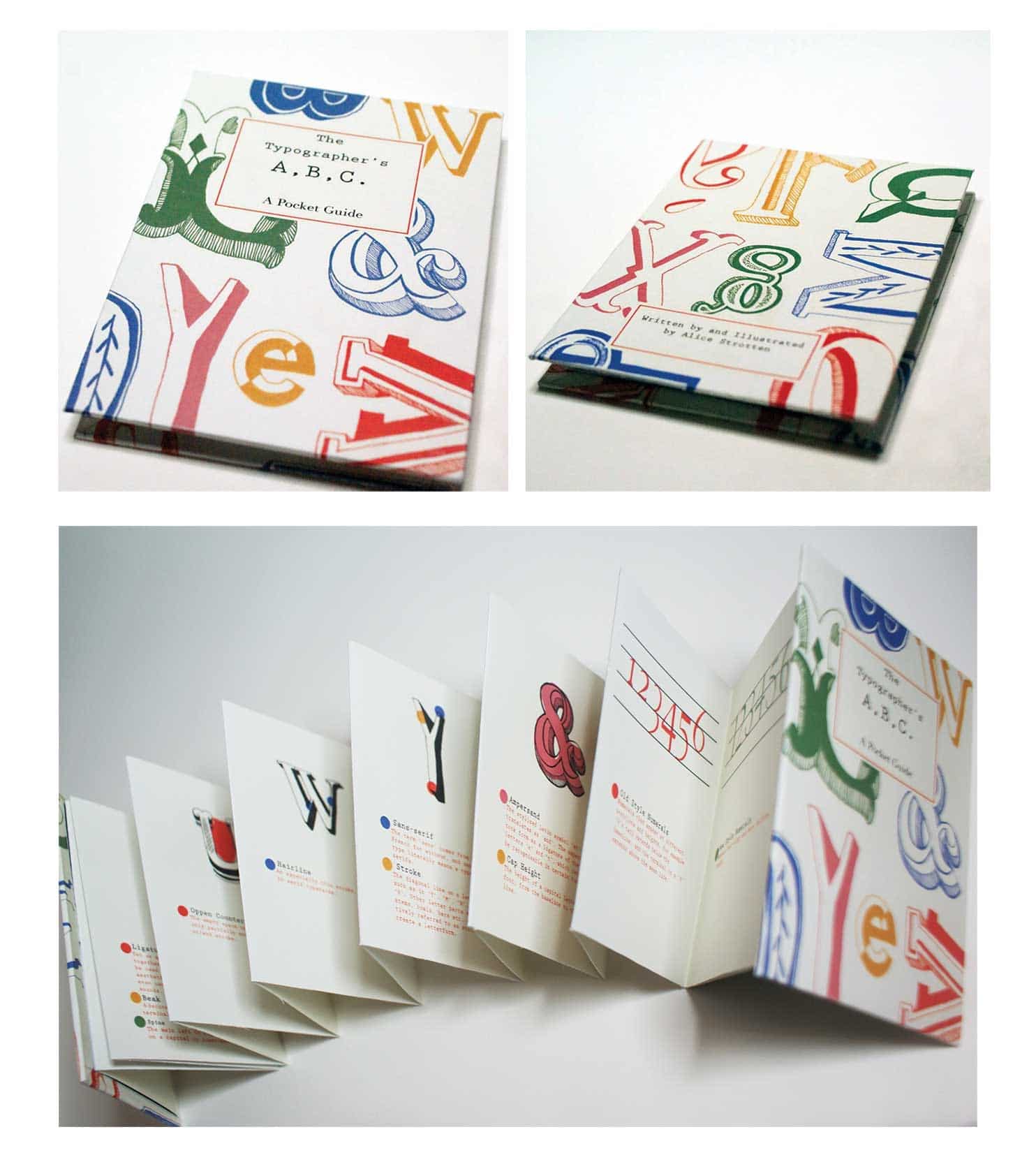
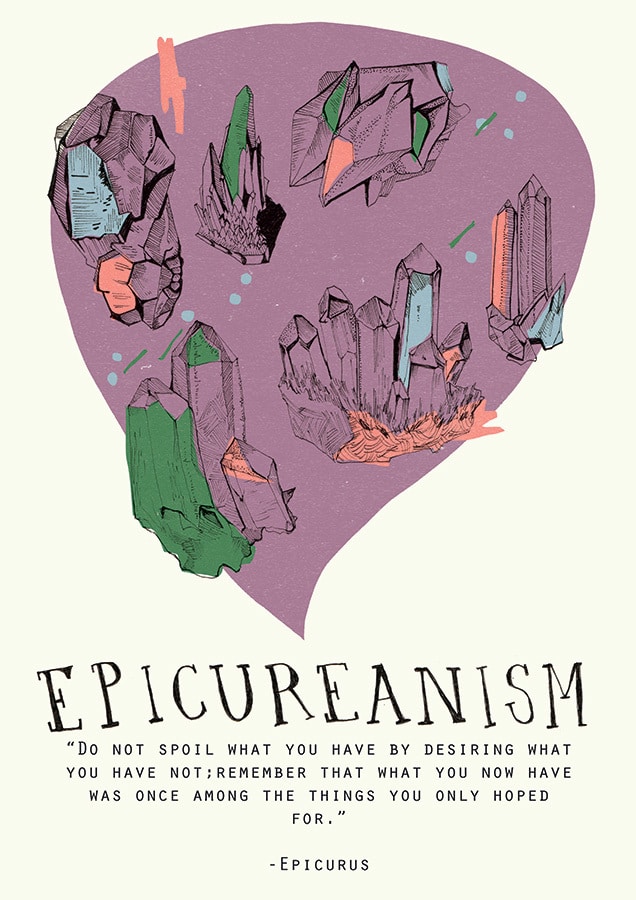
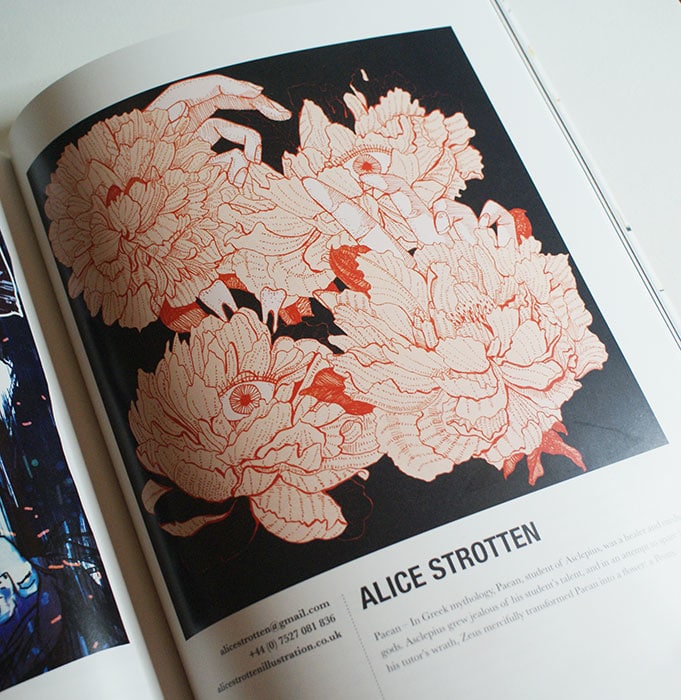

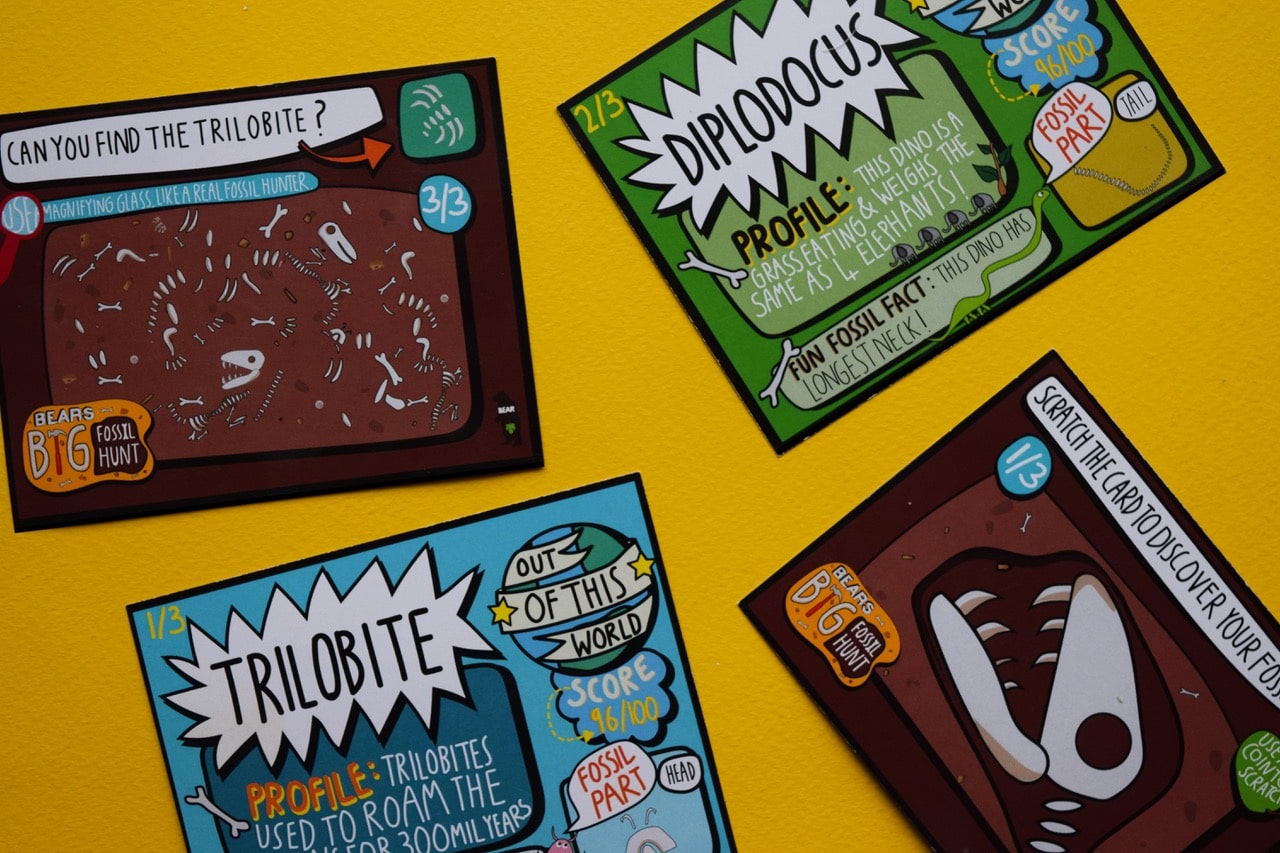
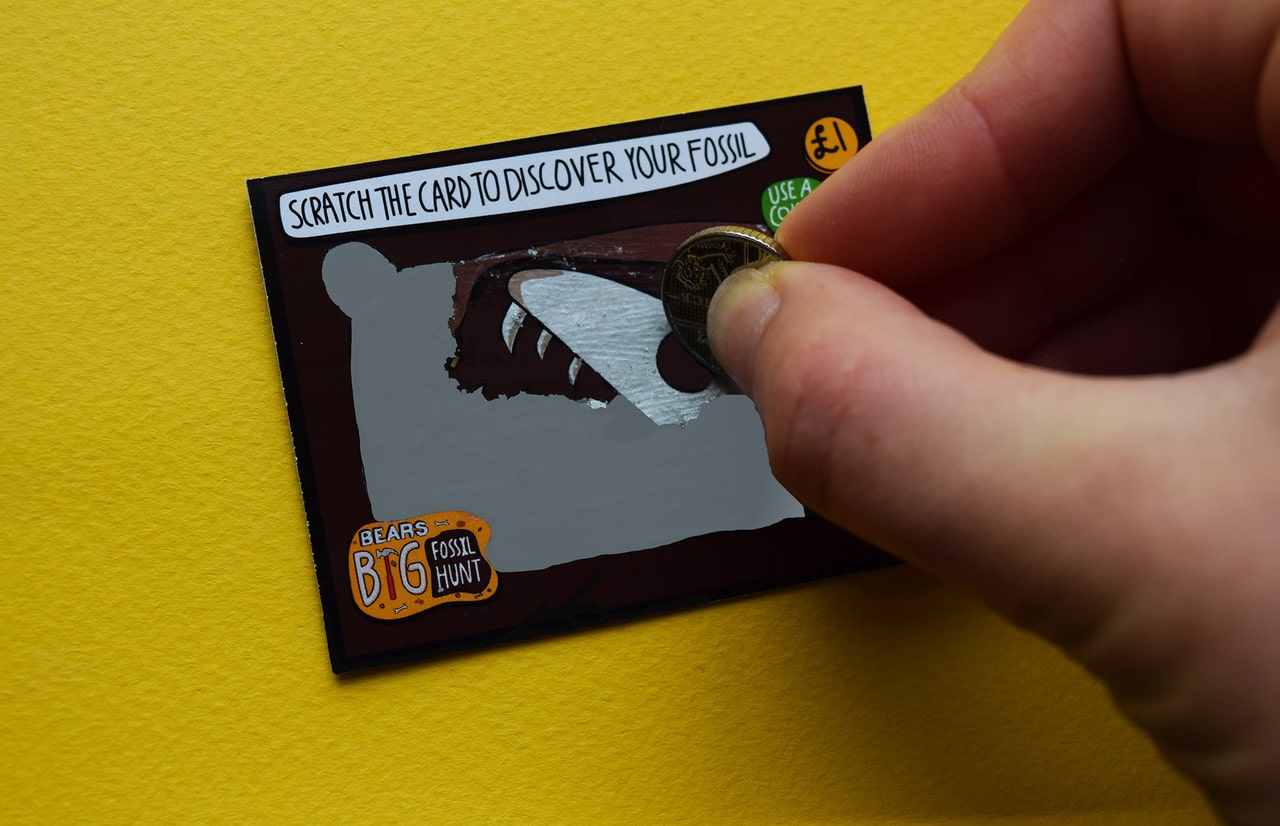
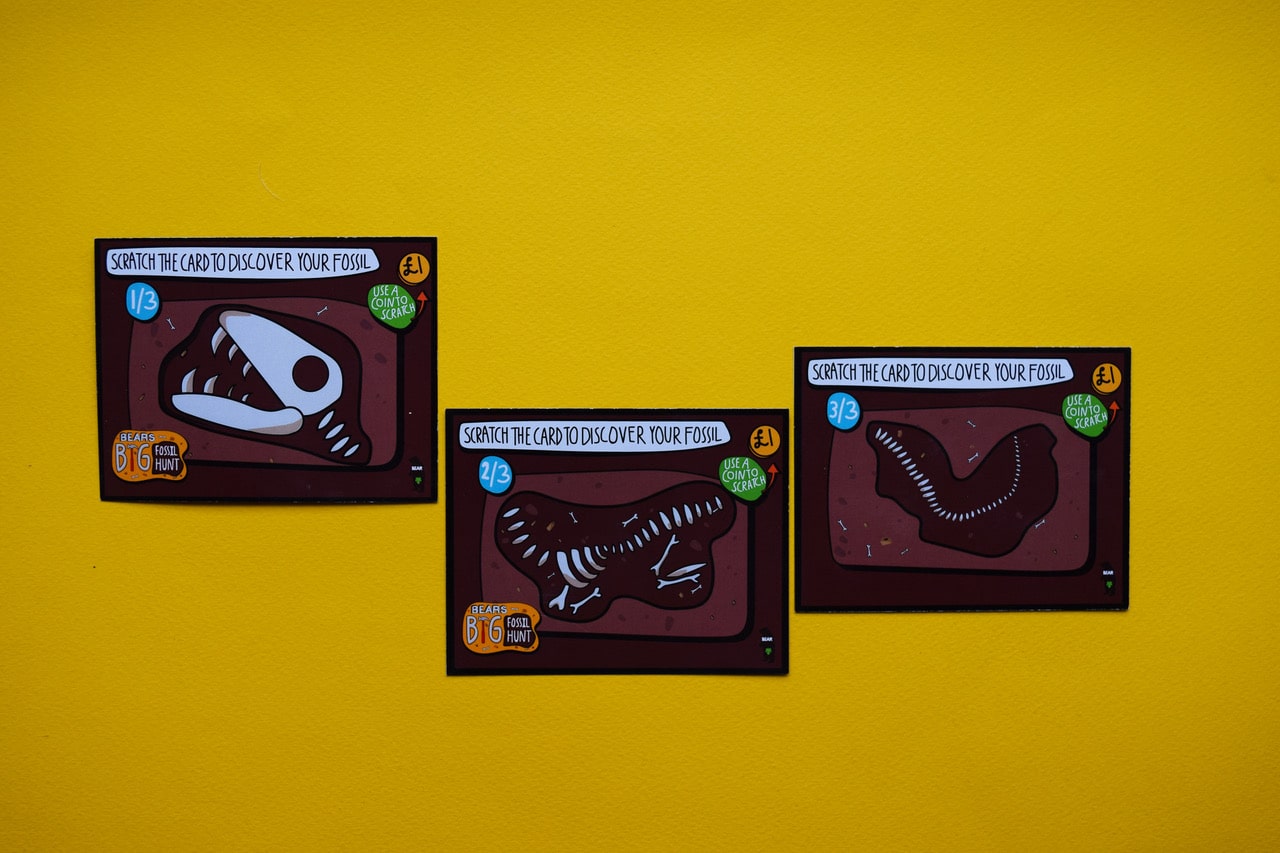
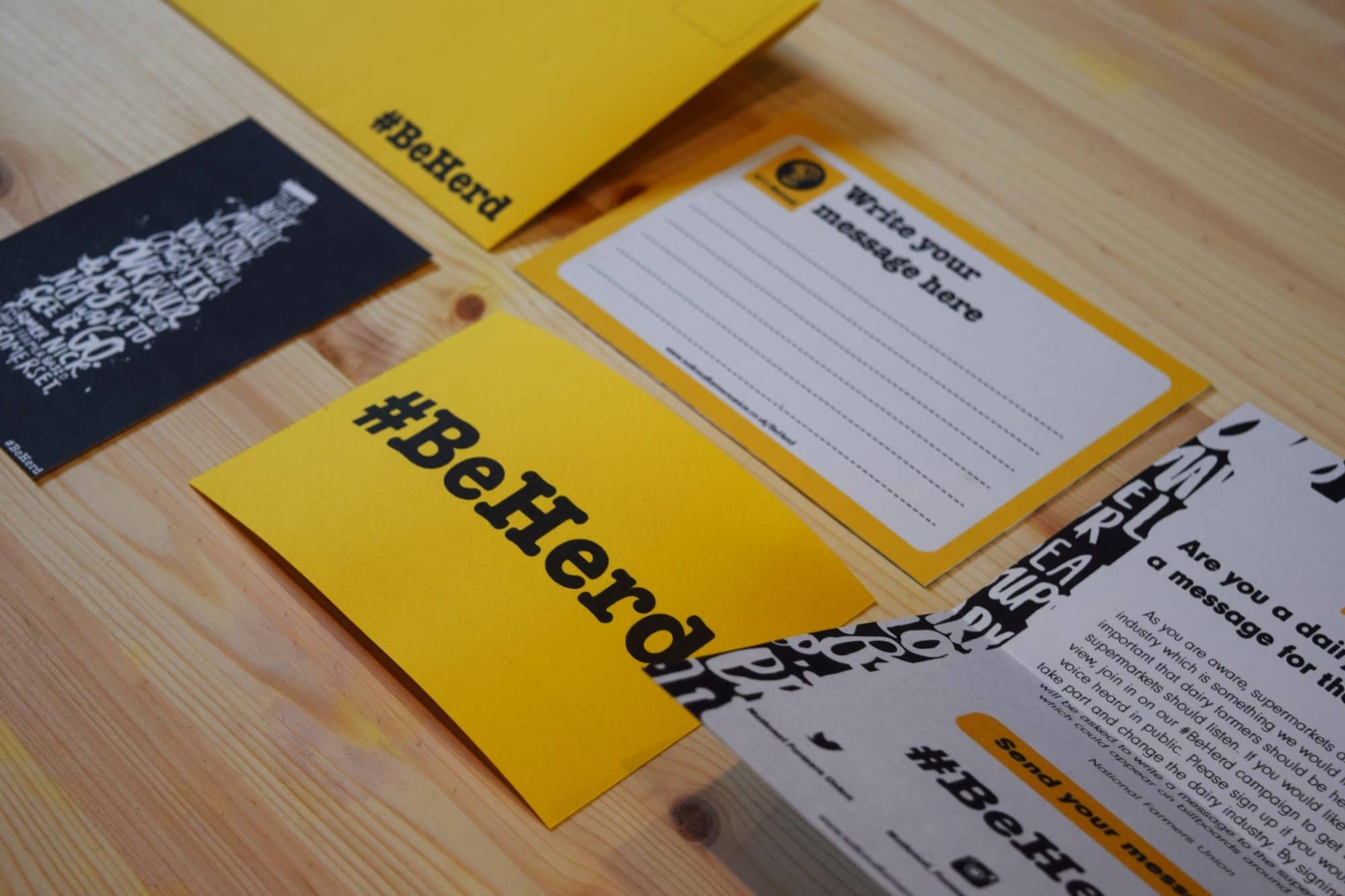
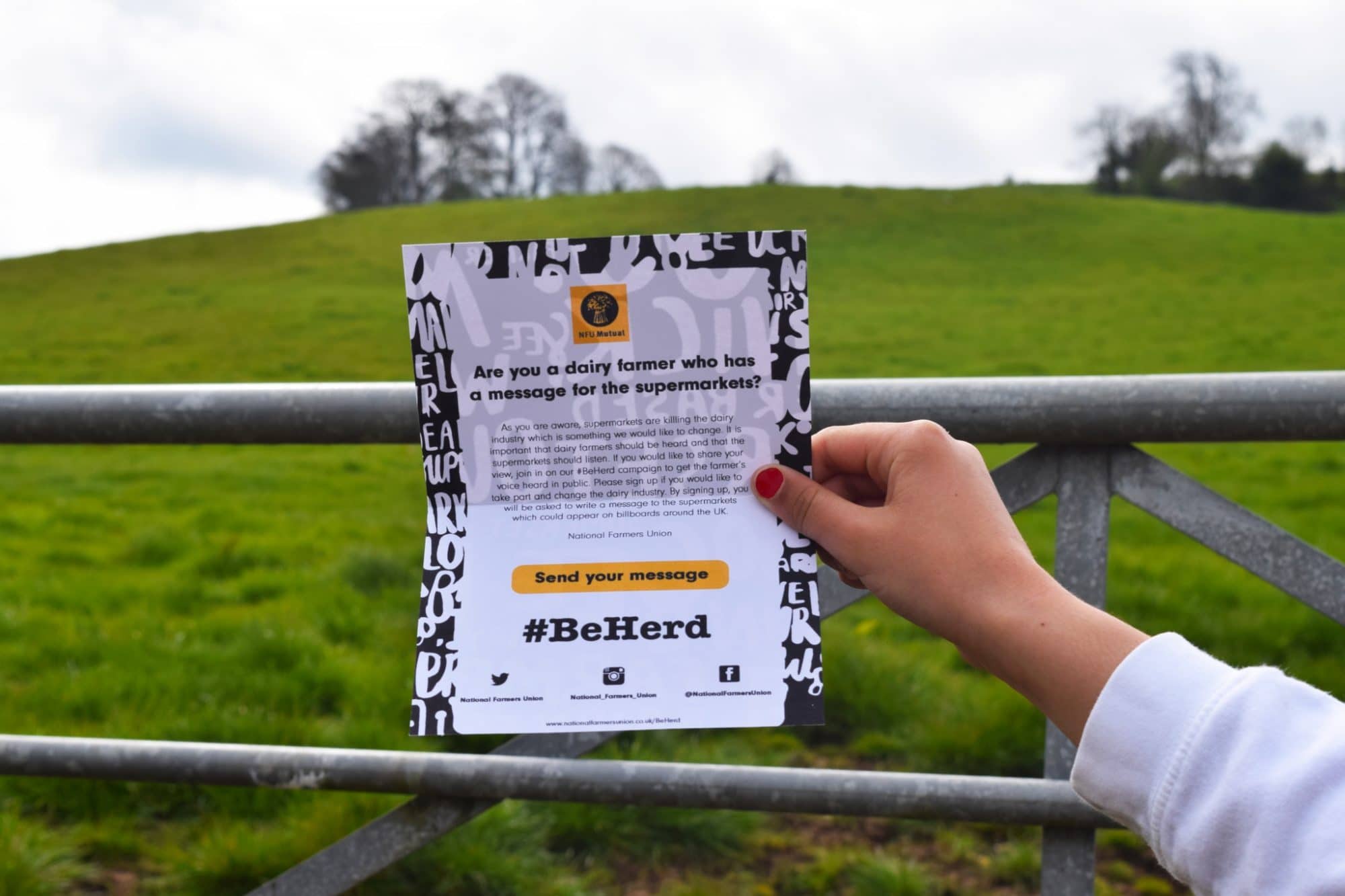
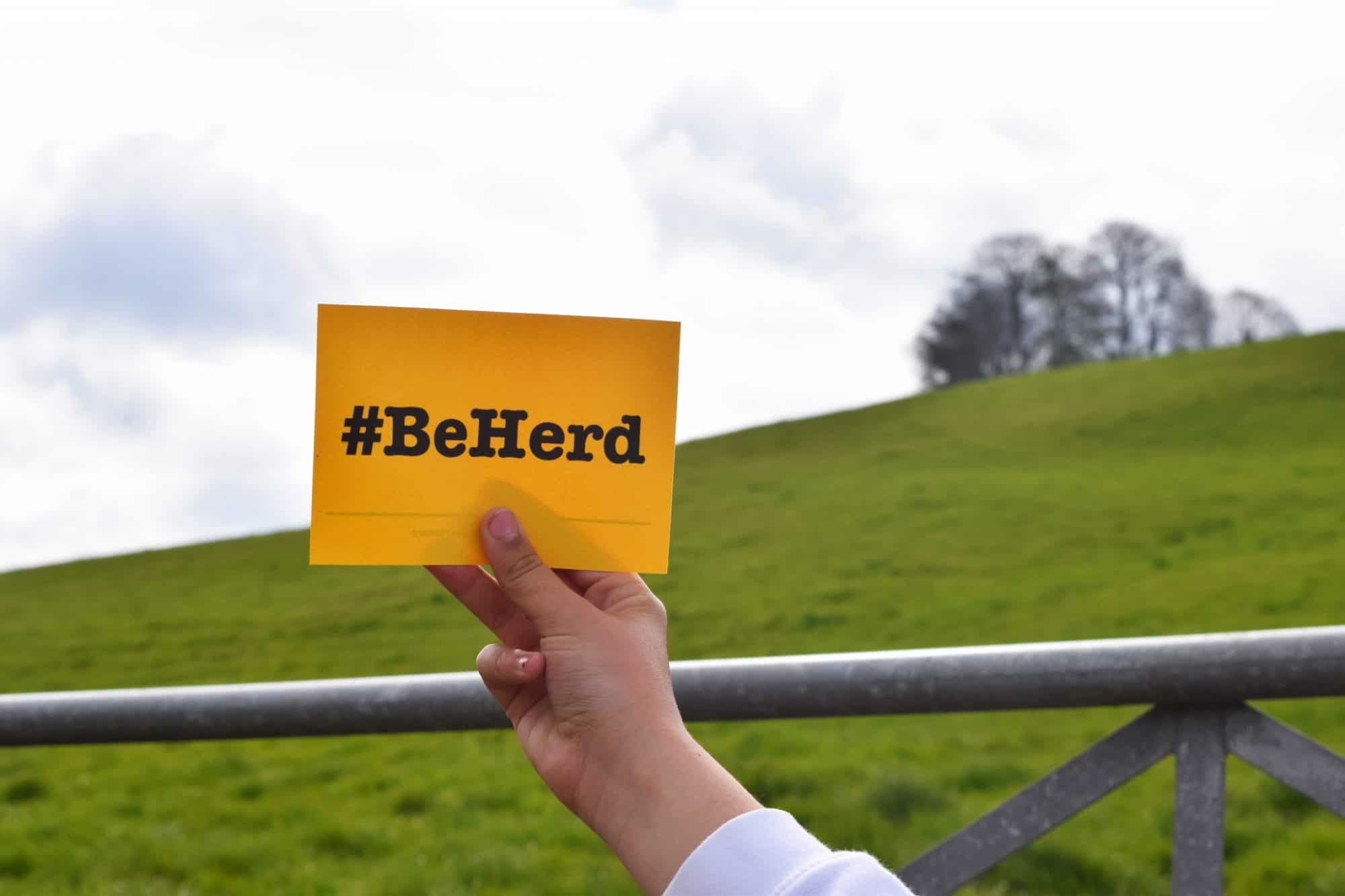
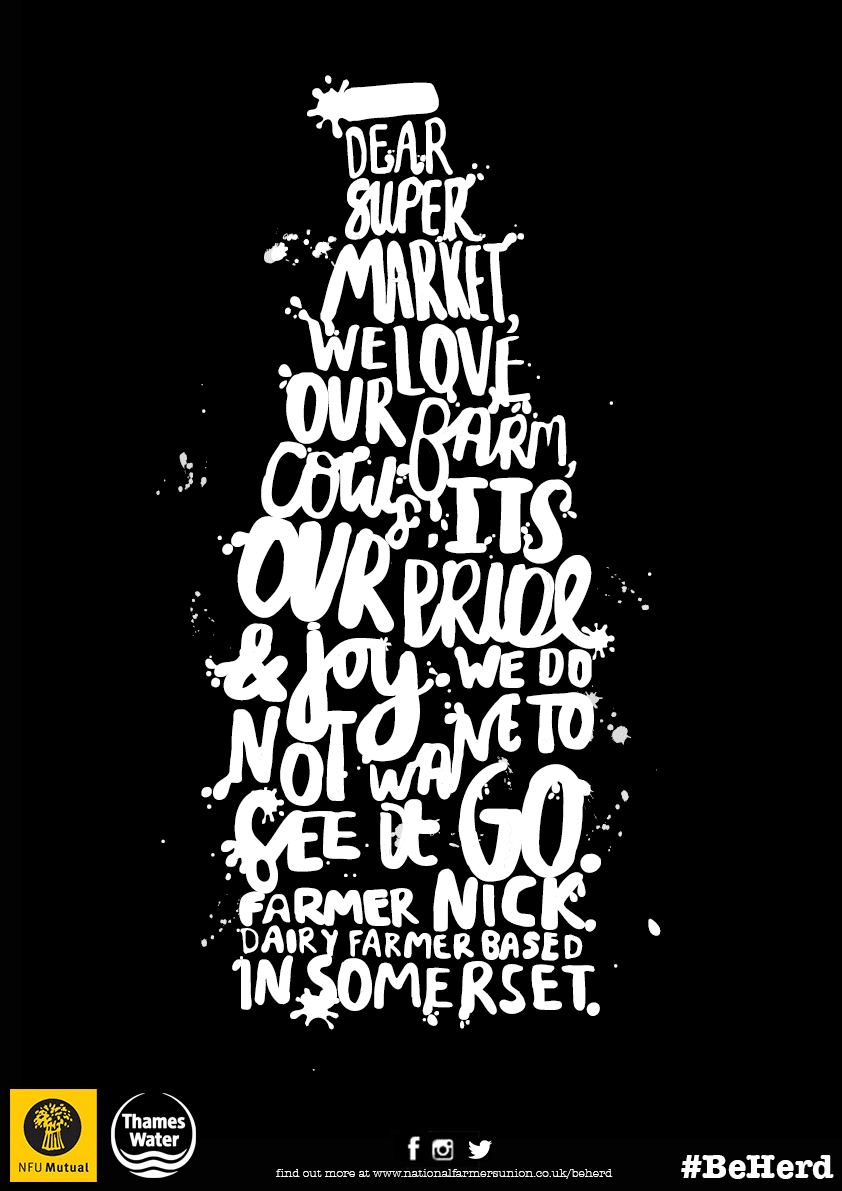
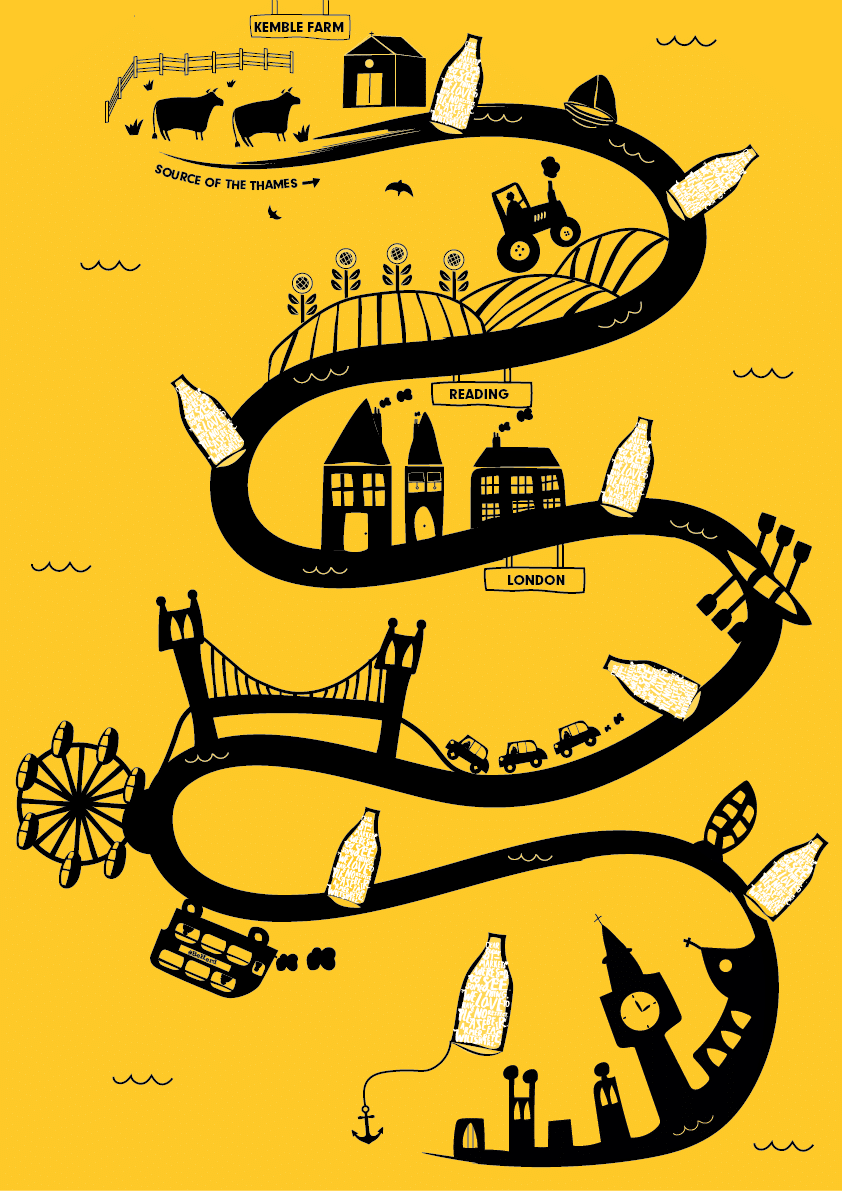
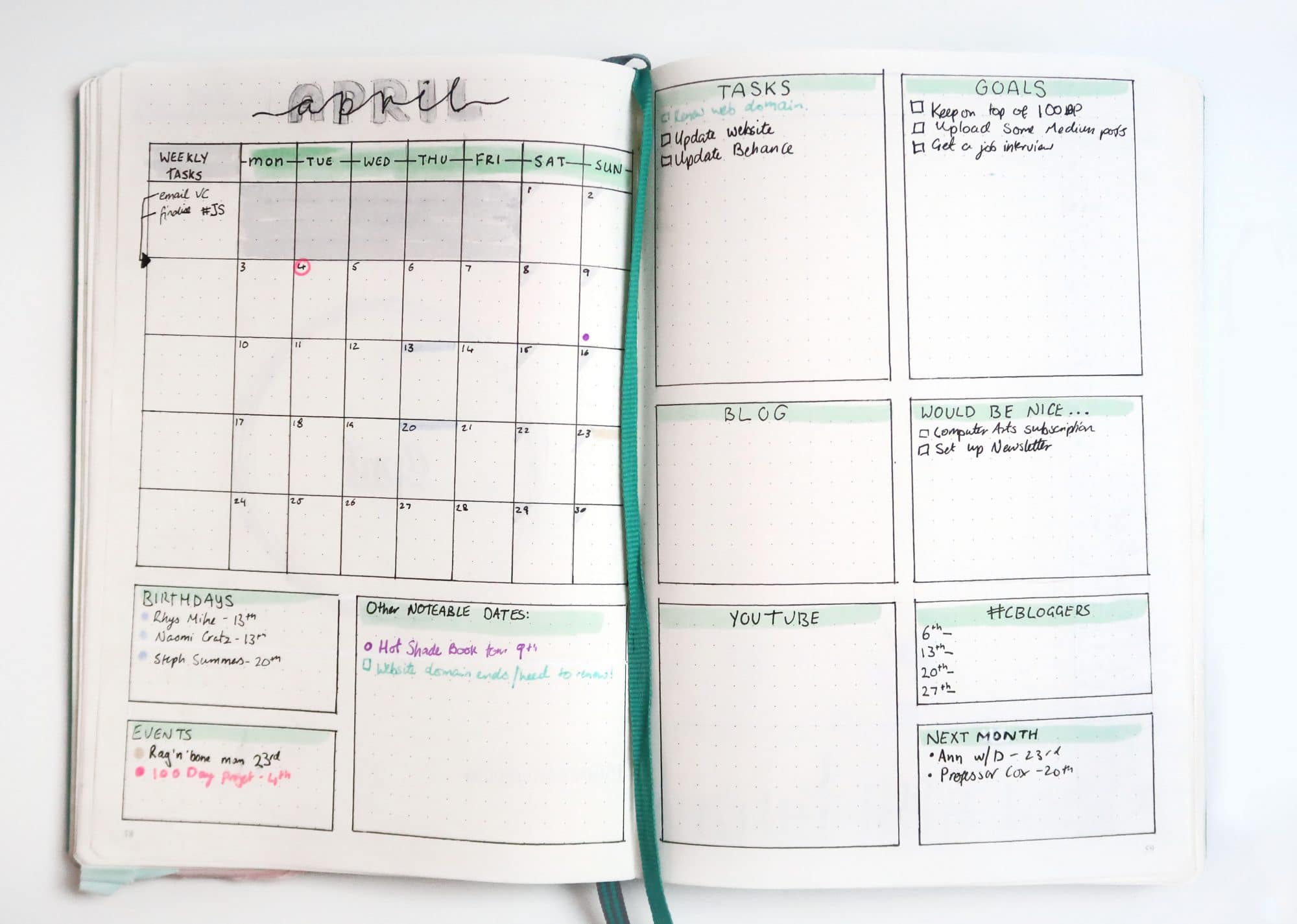
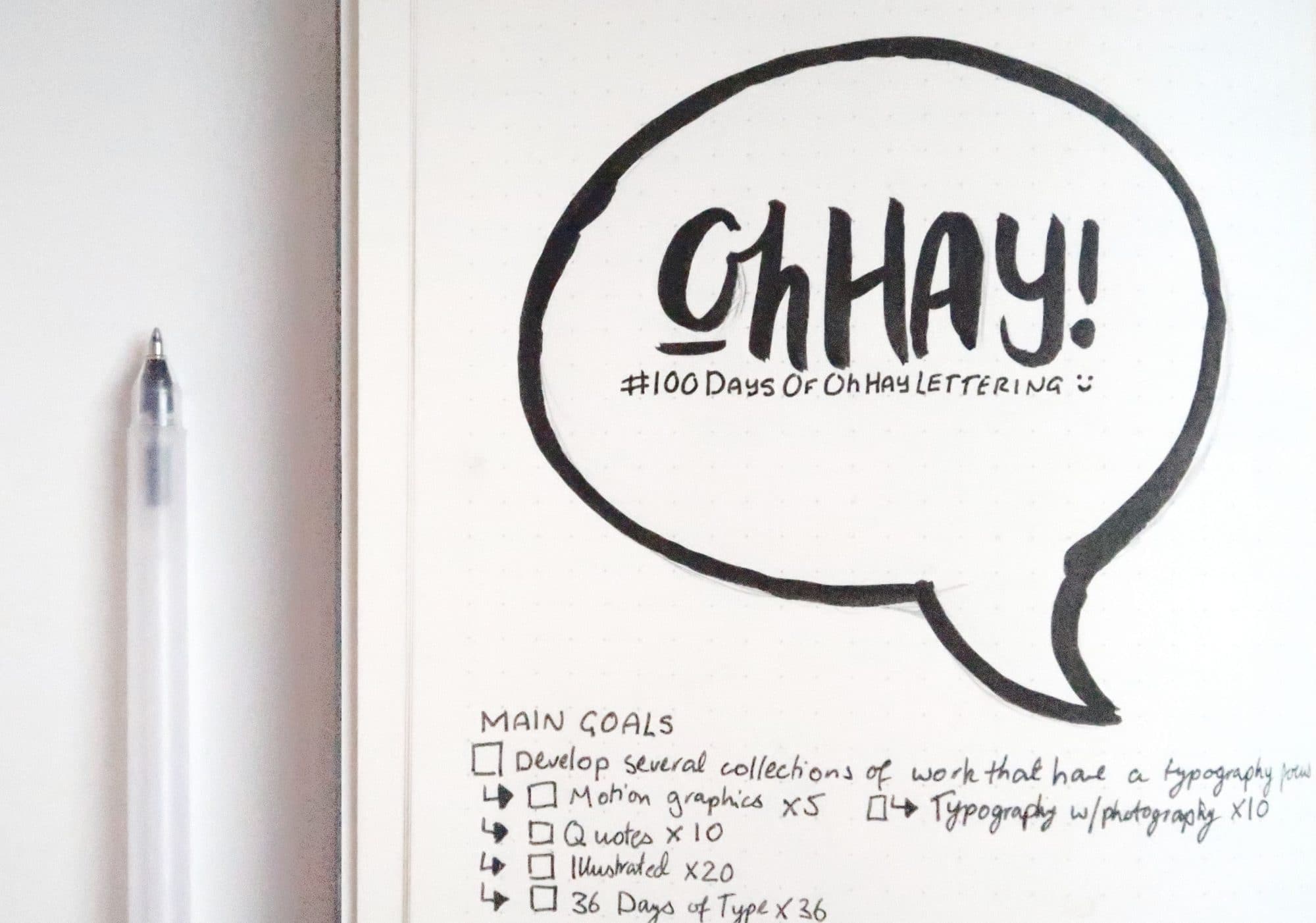
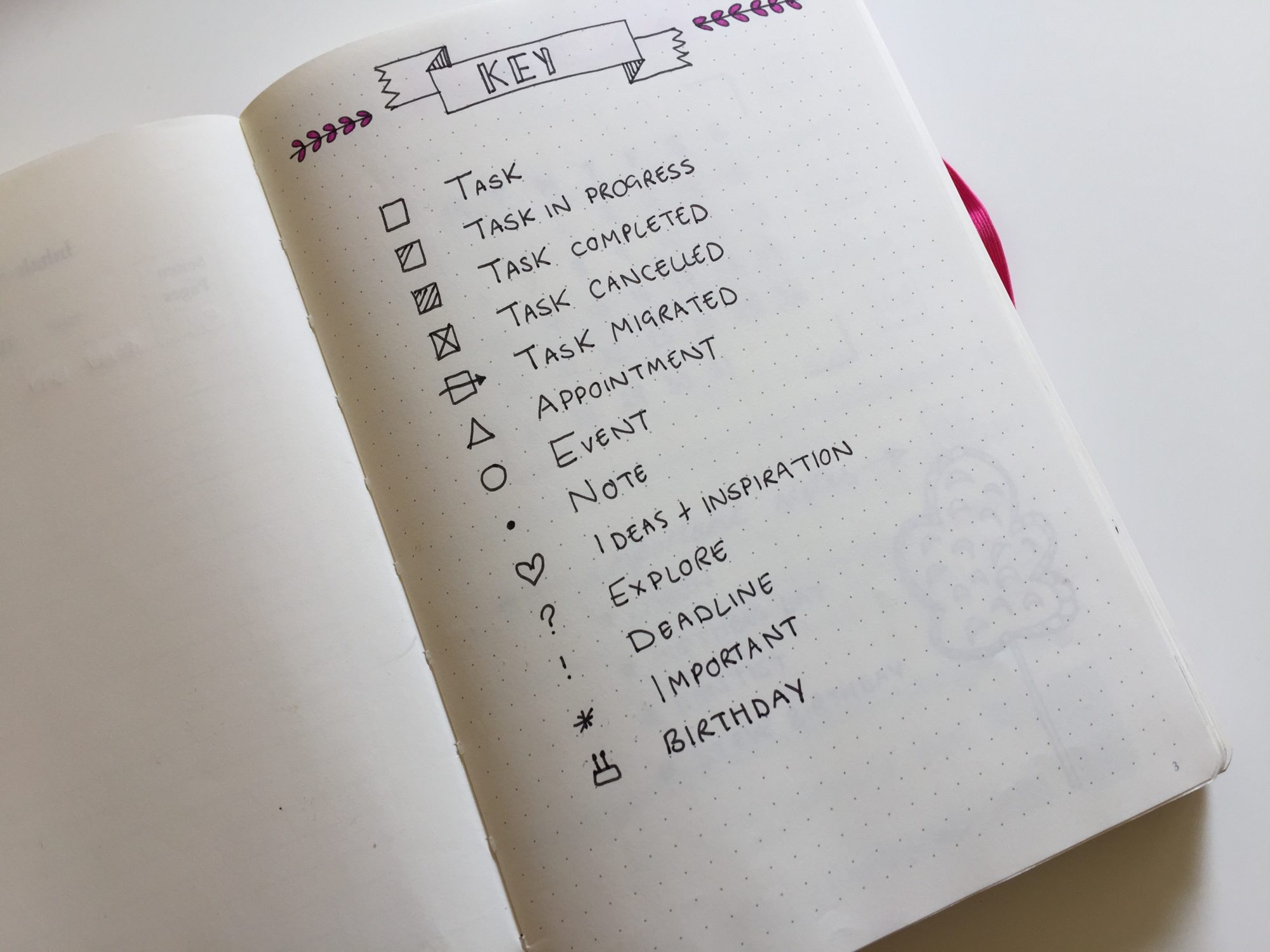
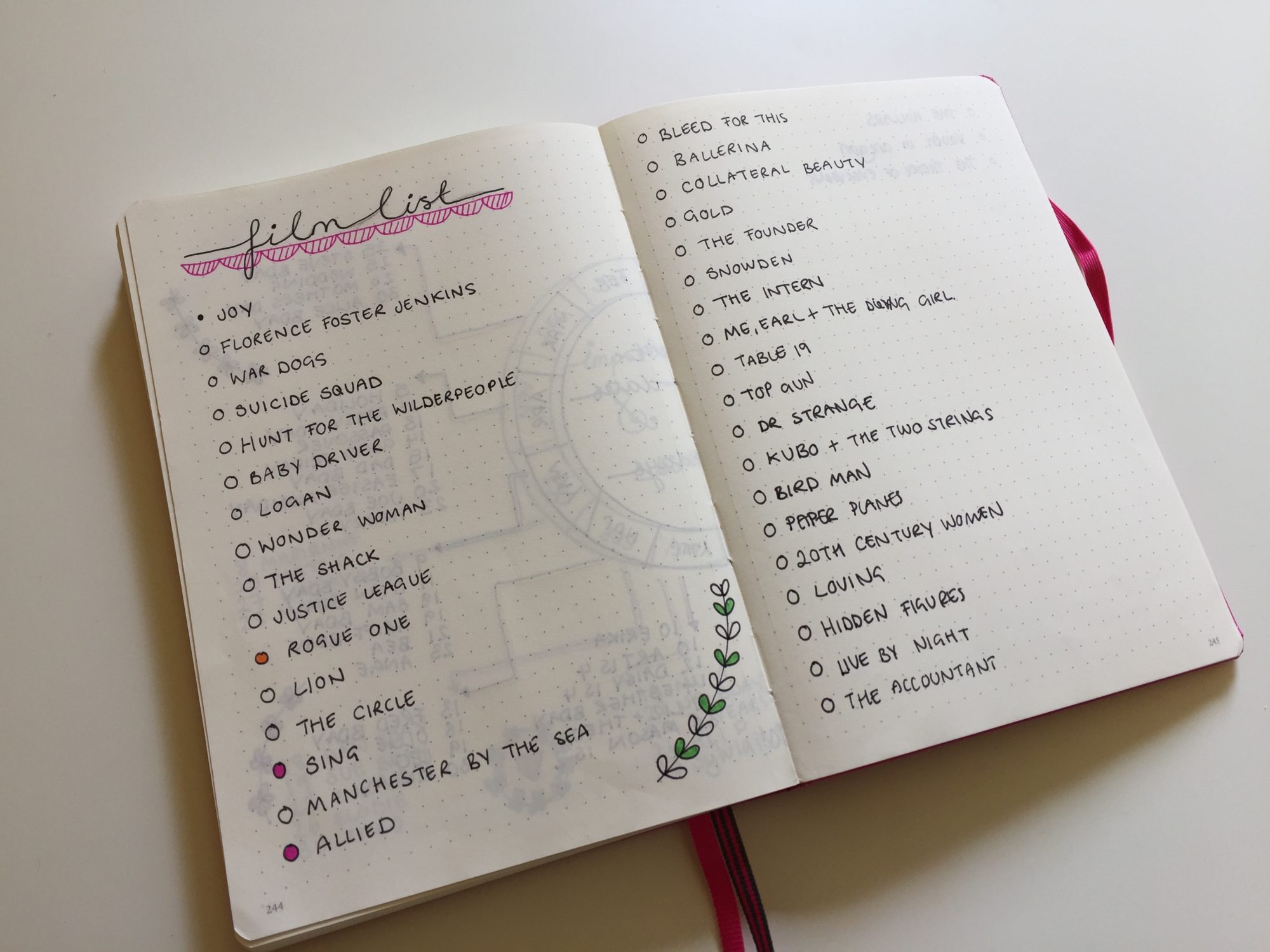

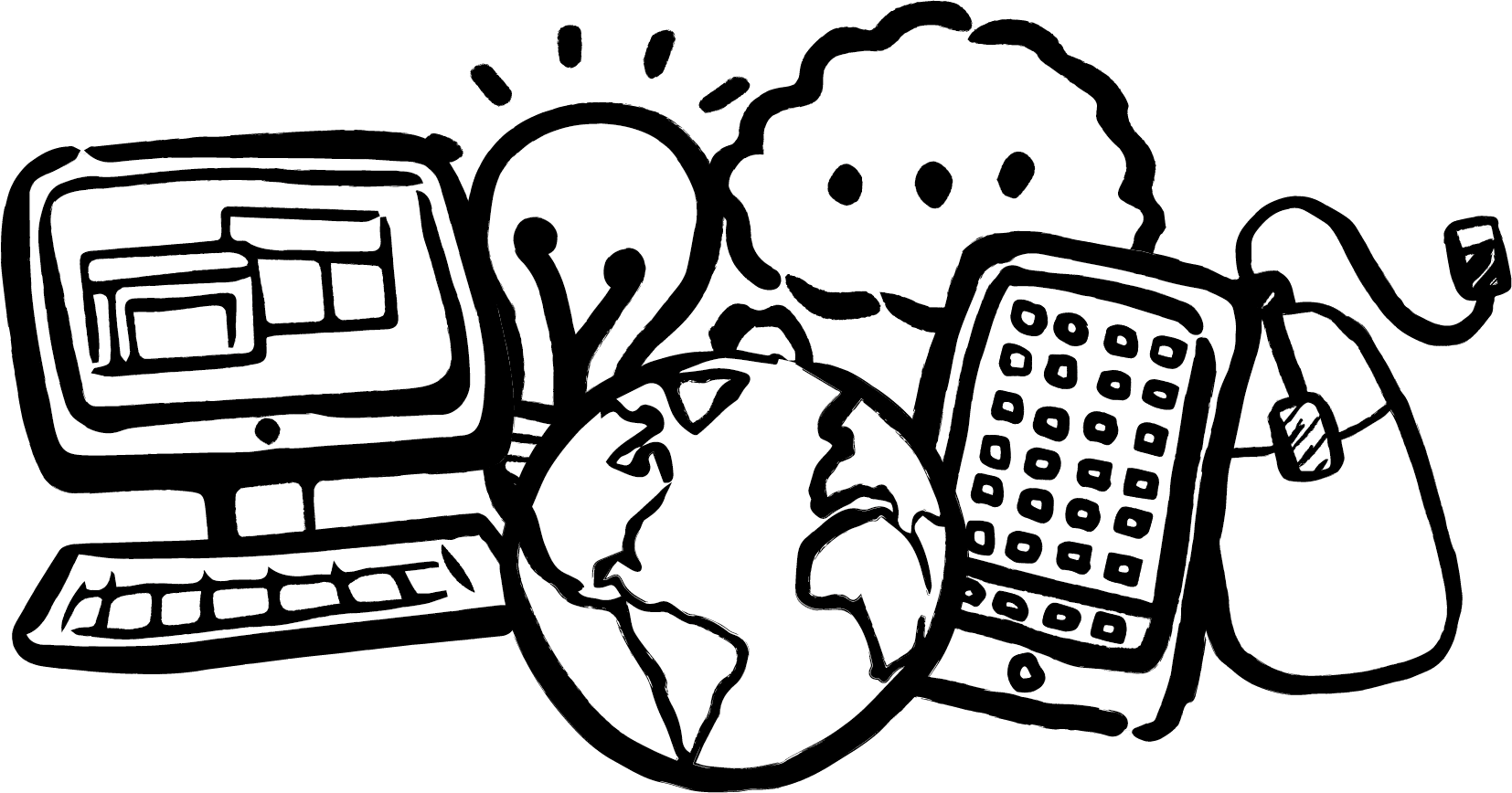
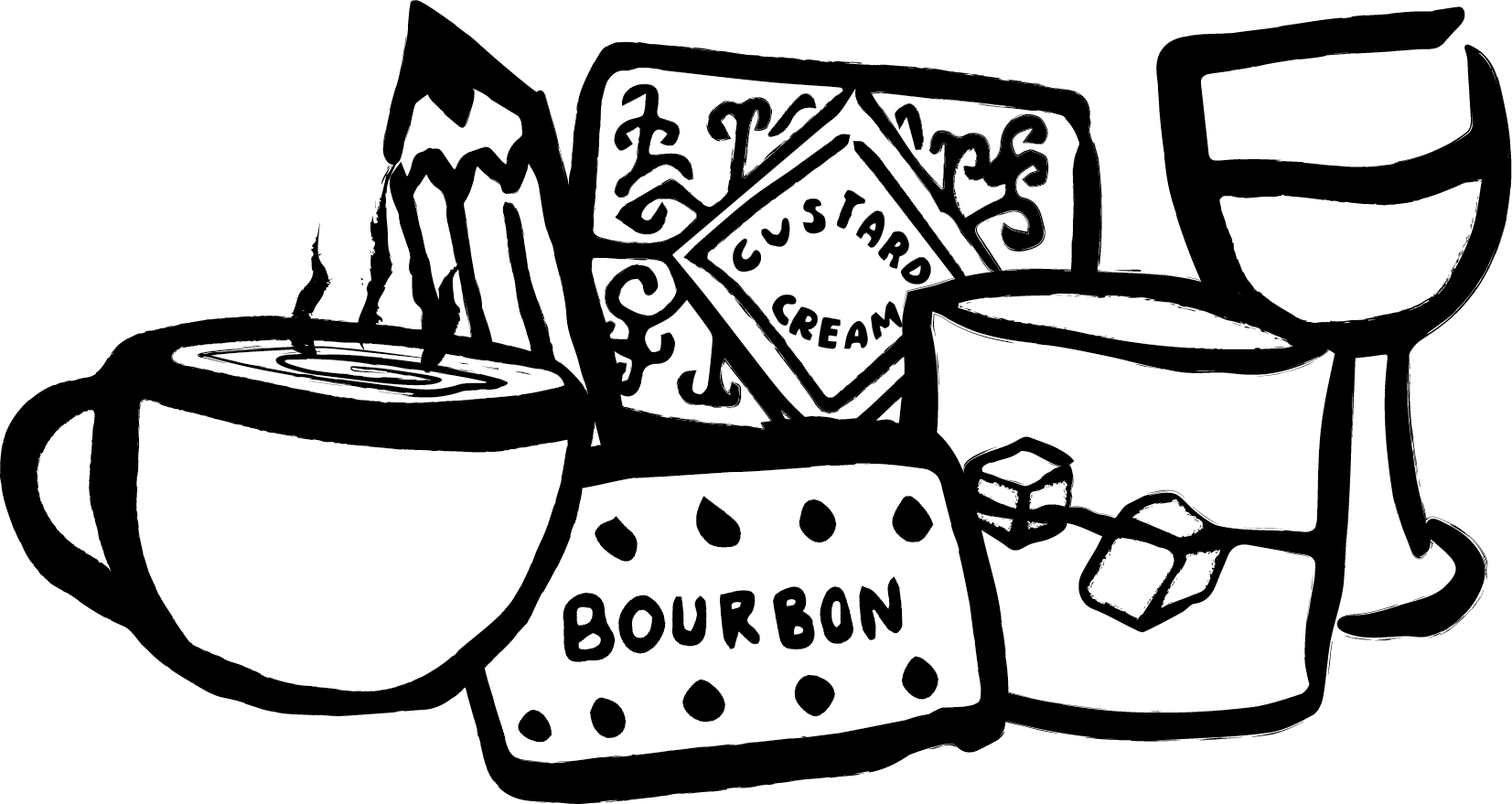


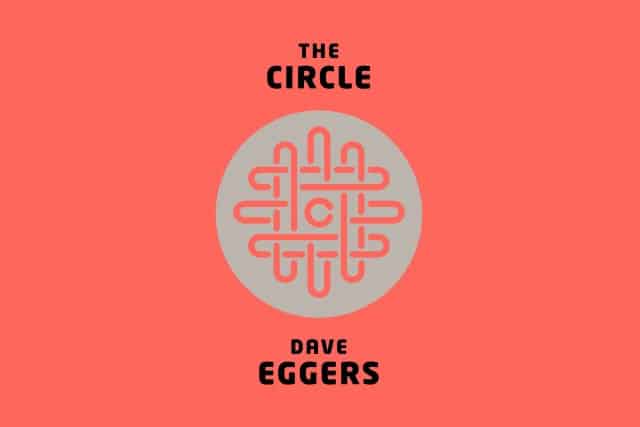
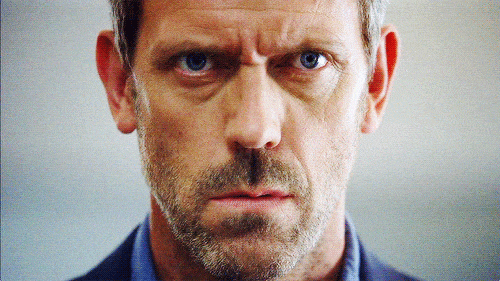
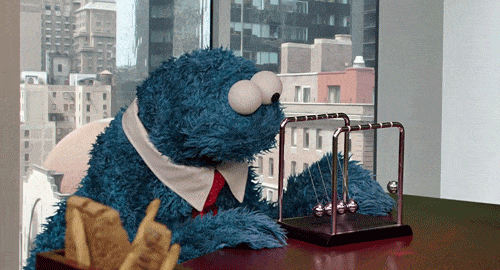

 To start with I tried each variation of stamp on each fabric to see what would work best. The lino stamps worked better on the bleach calico and the poly-cotton. Whilst the potato stamps worked well on all the fabrics.
To start with I tried each variation of stamp on each fabric to see what would work best. The lino stamps worked better on the bleach calico and the poly-cotton. Whilst the potato stamps worked well on all the fabrics.


